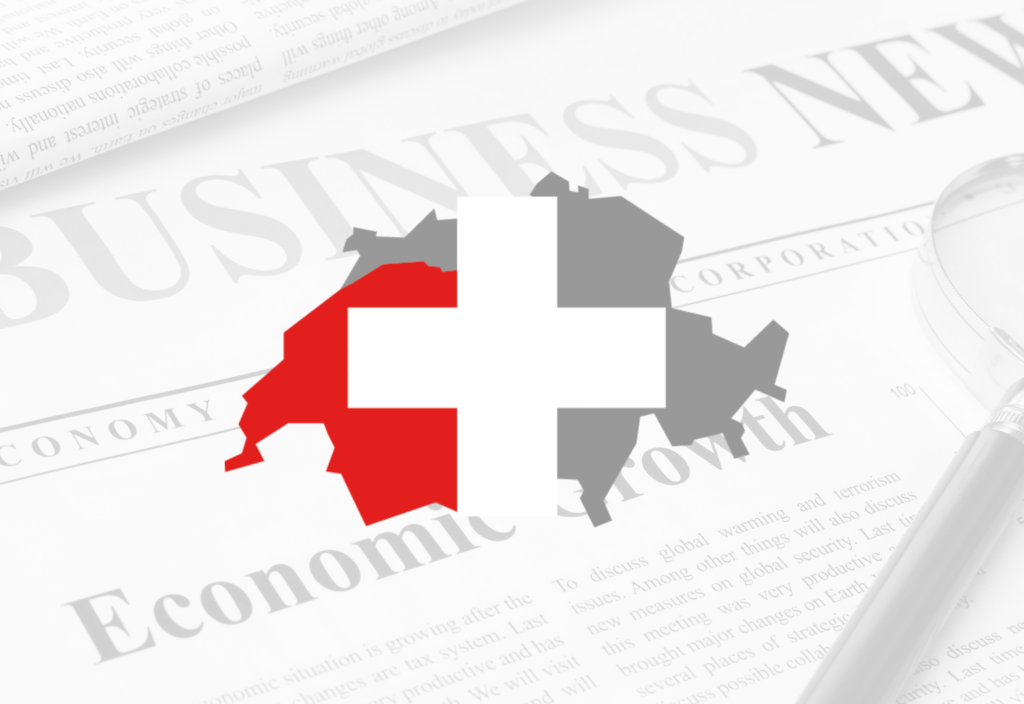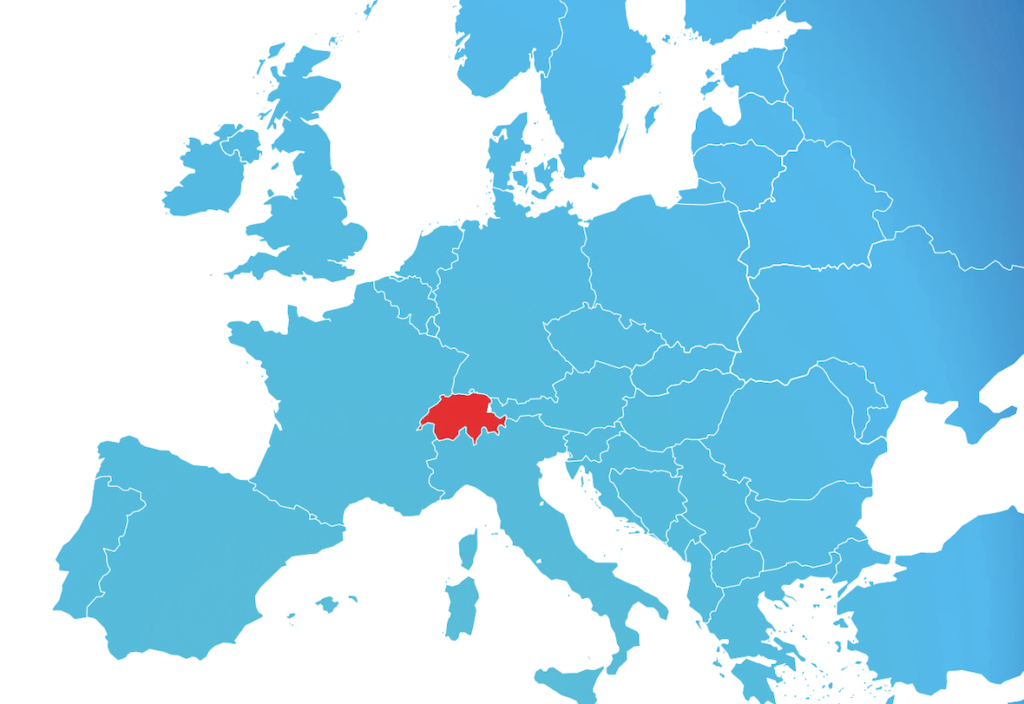
Building the future in the canton of Fribourg
13 September 2023
 Backed by substantial government investment in research and development, Fribourg’s construction sector is proving its robustness and is preparing for the major upheavals to come. | © FNF2023
Backed by substantial government investment in research and development, Fribourg’s construction sector is proving its robustness and is preparing for the major upheavals to come. | © FNF2023
Alongside the release of the 2023 Edition of the Fribourg Network Freiburg magazine, spotlighting the future of construction, the canton of Fribourg displays its pioneering approach in advancing this sector.
Diversification stands as one of Fribourg’s hallmarks, fortifying its economy against global shifts and uncertainties. The numbers bear this out: the construction sector in Fribourg accounts for a commendable 10.9% of regional employment. This figure towers over the Swiss average by almost three percentage points. However, these statistics merely offer a glimpse. When one factors in sectors intertwined directly or indirectly with construction and energy efficiency, the employment contribution potentially swells to over 20%.
As showcased in the 2023 edition of the Fribourg Network Freiburg magazine, such prominence in the construction realm isn’t incidental. Fribourg’s intentional lean into the bio-sourced materials sector underscores the region’s strategic inclusion of the construction industry within the broader and burgeoning bioeconomy.
Addressing larger global concerns, particularly the climate crisis and depleting resources, the construction sector is not just evolving but revolutionizing. Fribourg’s dedication to this transformation was globally recognized when it successfully hosted a major international conference on the circular economy. The region’s ventures into large-scale wood utilization, strategies to mitigate the environmental imprint of concrete, and trailblazing efforts with decarbonized steel and reuse initiatives, are testament to its leadership in this domain.
An innovation district at the service of a sustainable urban vision
One of the shining hubs in Fribourg’s sustainable urban vision is the bluefactory innovation district. Positioned as the epitome of forward-thinking urban planning, bluefactory champions efficient energy and resource utilization. With a carbon footprint that is a benchmark for others to aspire to, the district’s unique “sponge city” distinction further establishes it as a pioneer in Swiss water management. The ongoing development phase is particularly exciting, marked by the construction of building B and the Smart Living Lab full-scale experimentation building. Predominantly timber-based, these structures are set to become bluefactory’s core, reflecting once more Fribourg’s commitment to stringent sustainability standards.
How will we live in 25 years?
Nestled within bluefactory is the Smart Living Lab, an avant-garde research and development hub dedicated to envisioning and crafting the future built environment. A collaborative effort that merges the intellectual prowess of EPFL, University of Fribourg, and the School of Engineering and Architecture of Fribourg, the Smart Living Lab delves into multidisciplinary research exploring building design processes, innovative construction technologies, energy systems, and occupant well-being.
Coupled with the region’s emphasis on Industry 4.0, the infusion of digital tools, especially Building Information Modelling (BIM), underscores Fribourg’s commitment to pioneering energy-efficient constructions. The evolution of the built environment, propelled by landmark projects like the redevelopment of the Richemont Group campus, demonstrates the region’s adaptability to shifting workplace dynamics and environmental challenges. As highlighted in the 2023 Edition of the Fribourg Network Freiburg magazine, the canton of Fribourg, backed by its formidable construction ecosystem, is geared to innovate and evolve, setting a global standard for sustainable construction and urban development.
